Electric cars and plug-in hybrid cars could take longer to recover in the event of a collision than a regular petrol or diesel car, due to safety concerns over the battery.
In many cases, a crashed electric vehicle (EV) cannot be towed as the driven wheels remain locked unless the car can be switched on to put it in neutral.
To reduce the risk of battery fires or electrocution, most EVs use circuit breakers that disconnect the high-voltage system if an impact
is detected.
The emergency services will also seek to disconnect any high-voltage components on electric vehicles if they are required to attend.
These added complications mean recovery firms can have a tougher job of collecting these often heavy vehicles.
When a BMW i3 operated by Speedy Services was involved in a collision, it took 15 hours for the vehicle to be recovered by the company’s appointed recovery agent, the AA.
“When the first AA man turned up, he said he didn’t know anything about electric vehicles,” said Gareth Jones, transport compliance manager at Speedy Services.
“A second man arrived later. He was concerned that the battery was damaged and there could be a health and safety issue around transporting hazardous materials.”
The i3 was immobile because there was no power to it. Jones said they couldn’t disengage the handbrake and the electric motor was locked, so the wheels wouldn’t turn.
A third AA vehicle – a flatbed truck with a winch – was able to recover the car. But the operator first had to work out the weight of the car and the angle it would need to be pulled at, to see if the winch was powerful enough.
“The operator had to literally drag the car up onto a flatbed truck. It was the most annoying day,” said Jones.
Speedy Services has been operating three BMW i3s, which have been converted into vans, for the past two years. This incident was the first the fleet encountered.
“We were flabbergasted that companies like the AA seemed unaware of how to deal with it,” said Jones.
“I don’t think the UK is geared up to recover vehicles of this type yet. It hasn’t put us off EVs though. We’ve all got to move forwards and embracing new technology is a core part of our business. What we have to do is look at how we are going to stop it happening again.”
In a statement, the AA said all its patrols are trained to work safely on EVs. However, it did point out that where EVs suffer damage in the event of an accident, there could
be additional health and safety considerations before recovering the vehicle. This may require further risk assessments or equipment. In order to make the scene safe, it may also include specialist support for road traffic collisions.
The Institute of Vehicle Recovery (IVR) delivers specialist training to enable recovery firms to handle electrified vehicles correctly. It has seen a lot of demand for its EV course.
Mark Hartell, vice-chairman of the IVR, said: “It is vital that all technicians, and those responsible for sending them out, appreciate the hazards and specialist knowledge required to recover this type of vehicle.”
Jones advises fleet operators to ensure that recovery firms are aware they are being called to deal with an electric vehicle, whether directly or through an accident management provider.
Pete Williams, RAC road safety spokesman, said: “Our approach to EVs and hybrids is consistent with how we deal with conventional petrol and diesel vehicles. In the event of an accident, if requested to recover an EV vehicle by the fleet manager, we would send a flatbed lorry.
“EVs present a particular challenge as most cannot be towed normally and should be transported with all wheels off the ground. It is a similar situation with many other modern vehicles, including crossovers, SUVs, 4x4s, pick-ups, vans and automatics.
“In response, we have developed our new All-Wheels-Up equipment that effectively brings flatbed recovery capability to our standard long-wheel based orange patrol vans. To date, 600 have been equipped with this new kit. So a single van can recover an EV – saving the driver valuable time.”
The total number of fully electric cars registered in the UK rose by 59% last year, accounting for about 1% of total sales. Plug-in hybrids
are more popular, making up 2.8% of sales.
A recent survey by Kia found that 87% of fleet managers have encountered increased demand for electrified vehicles, but the majority feel that the cars won’t be suitable for another two to five years.
Kia’s Fleet Green Perspectives Report found that 65% of fleets operate plug-in vehicles, an increase of 27% in the past year.

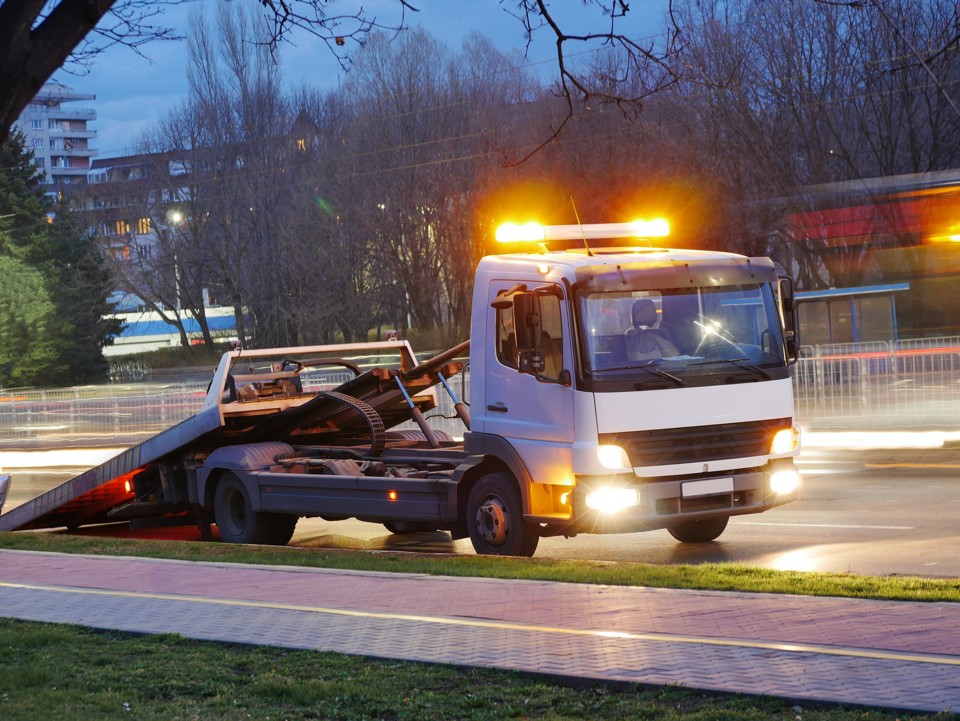



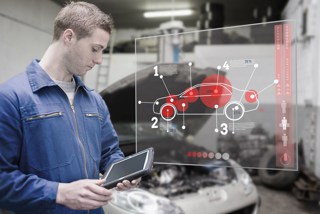
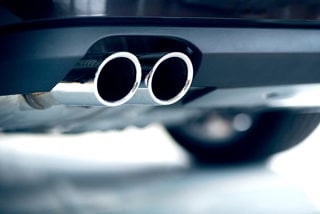
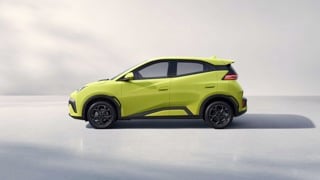
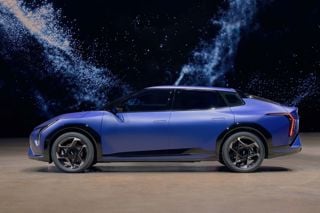













Frontman - 29/03/2019 13:01
Answers from the AA & RAC are a joke. Tesla has a 32 page emergency response guide. It includes the phrases such "death and injury" "consider the whole vehicle energised (LIVE)" "where fire is involved consider the whole vehicle energised approach wearing PPE equipment and self-contained breathing apparatus" Do these poorly trained guys know cables must always be cut twice to prevent accidently reconnecting during recovery. Submerged cars must be considered energised. After a Tesla battery fire the vehicle must not be moved for a least 2 hours. Battery fires in Tesla cars have been known to reignite for two days. Sounds if these agencies are waiting until one of their their employees is injured or killed before they consider appropriate training. Hopefully, the Fire Service will prevent a recovery agent from harming themselves in the event of fire.